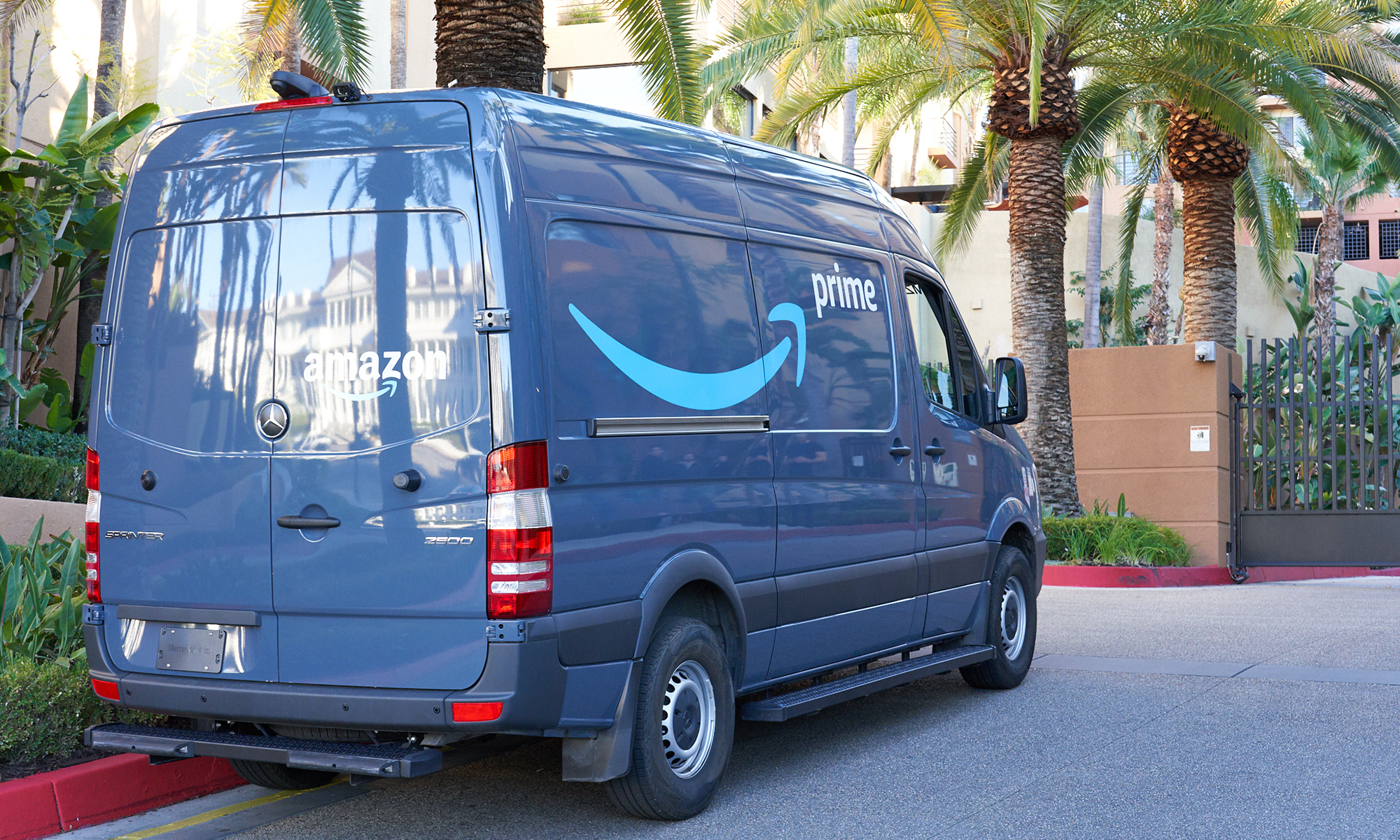Amazon.com (AMZN 1.78%) is widely known as a leader in e-commerce. Tremendous selection, competitive pricing, fast shipping, and excellent customer service are significant contributors to its dominant position and the company's ongoing growth. The megatrend of e-commerce growth outpacing the growth at brick-and-mortar stores like Wal-Mart (WMT +1.23%) and Target (TGT +0.17%) also fuels Amazon.com's growth. Add in a level of innovation that is unmatched among retailers, and it is clear why Amazon.com has such a tremendous growth opportunity.
Despite all of these positives, there's more to the story. Much more. Amazon.com has curated a growing collection of mini-stores complete with custom storefronts, informational videos, and a community that provides crowd-sourced feedback and recommendations similar to what a consumer would find from a company like Yelp (NYSE: YELP) when looking for a restaurant recommendation. Best best part? They are just getting started.
Store within a store
Amazon.com goes a step beyond simply investing in the widest variety of SKUs. Whether it be a dedicated store for a particular brand or a certain class of product, Amazon.com is quickly becoming a portal for product education and research as well as shopping. For example, Amazon.com announced the opening of its wearable computing store a couple of weeks ago.

Source: Amazon.com screenshot
The difference is evident on the main page; previews of upcoming technologies, editor's reviews, and product sub-categories all stand apart from the websites of competitors.
Product education
Product reviews have long been the domain of services like Consumer Reports, websites such as cnet.com, and an array of magazines. While the independence of these sources will continue to attract customers, Amazon.com is constantly expanding its content of informational videos and other content to help educate consumers. Within the wearable computing store, Amazon.com has already released videos educating customers on the options available and how they can help with fitness, health, and other applications.

Source: Amazon.com screenshot
Beyond educational resources, many products have a wealth of media and information on Amazon.com that can't be found on competitor websites like Wal-Mart and Target. Sticking with the wearable computing example, below is a snapshot of each company's content on the webpage for the highly popular Fitbit Flex (in black):
| AMZN | WMT | TGT | |
|---|---|---|---|
| Price | $98.59 | $99.95 | $99.99 |
| Photos of product | 6 | 2 | 1 |
| Videos | 1 | 1 | 0 |
| Product description length (# of words) | 1,217 | 435 | 197 |
| Product description images | 14 | 0 | 0 |
Source: Amazon.com, Walmart.com, and Target.com-May 10th, 2014.
See a difference? Customers may opt to buy a Fitbit from Amazon.com for the $1.50 price difference alone, but the quantity, quality, and presentation of additional information on Amazon.com are equally powerful tools to attract a potential customer.
Customer reviews
Crowdsourcing has become a way of life, and the success of Yelp and similar companies is based on the value of feedback from other consumers. This social aspect of consumer behavior has translated to retail, with most retailers providing the opportunity to rate products and post reviews. Similar to its superior depth of content and presentation, Amazon.com simply dwarfs the competition when it comes to ratings and reviews from customers.

Source: Amazon.com, Walmart.com, and Target.com-May 10th, 2014
Using the same example of the Fitbit Flex from above, the table to the right is a powerful illustration of Amazon.com's lead over the competition.
Yes, that chart is to scale. Amazon.com has over 4,500 reviews for the Fitbit Flex, compared to just 76 for Wal-Mart and 22 for Target. In addition to this staggering volume of customer reviews, Amazon.com's site also includes answers to 1,000 questions posed by customers.
How many investors have considered Amazon.com as a leader in social media?
What does this mean for investors?
While industry-leading volumes of education, product information, and consumer reviews are nice for a customer, what does this mean for investors? The impact is two-fold. First, this enhanced customer experience brings more customers to Amazon.com and helps fuel growth. In many ways, the end result is no different than Amazon.com's development of its line of Kindle, Kindle Fire, and Fire TV consumer electronic devices: attract more customers to buy more items across Amazon.com's growing array of products.
Second, it is important to consider the volume of information that Amazon.com has accumulated as a significant aspect of its moat. This moat is far more than the wide selections of available items; technology, customer information, and this unmatched database of product information and customer reviews provide Amazon.com with a competitive position that will be extremely difficult to replicate.
With shares of Amazon.com down more than 25% from the highs reached earlier in the year, now is a good time to take a deeper look at Amazon.com and all of the ways that it is taking the lead in the world of retail.






